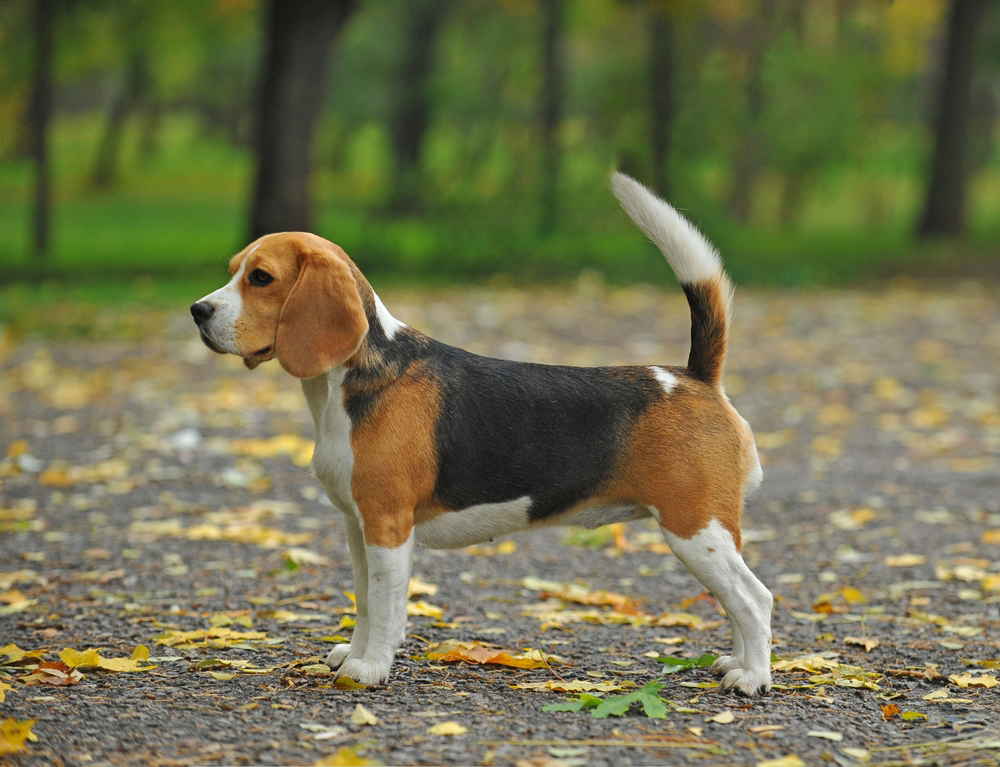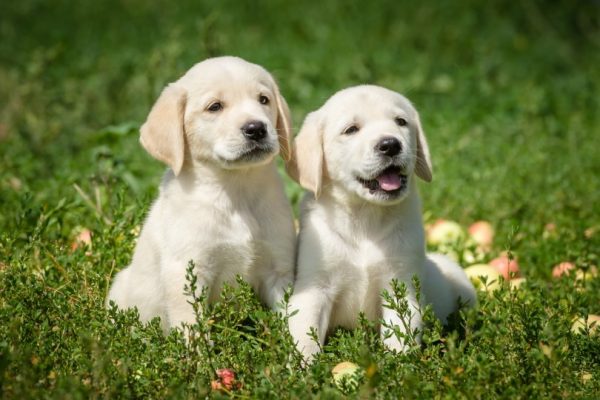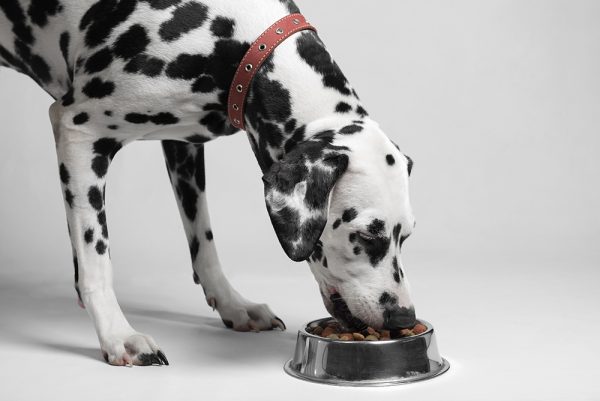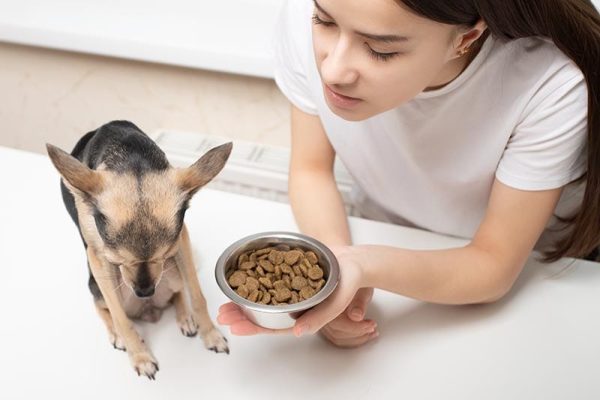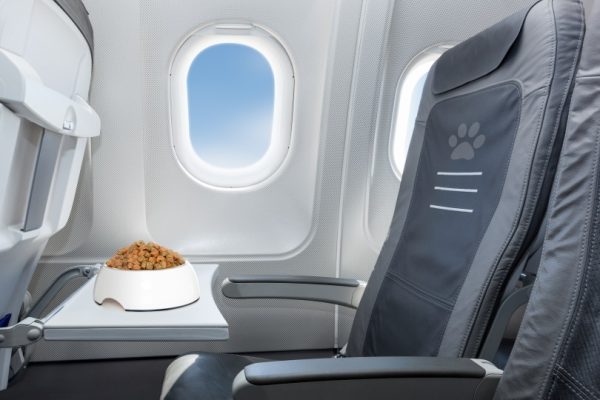In this article
Beagles are quite popular as companion animals. While they were originally bred for hunting purposes, they are largely kept as pets today. Their gentle nature and smaller size make them great for those looking for a laidback companion dog. Plus, they are also good with children and aren’t in need of much maintenance.
However, while these dogs are quite short, they can be a bit bulky. Therefore, they may not reach a tall height, but they typically weigh more than you’d expect.
Let’s have a look at exactly how big Beagle’s get, as well as their growth chart.

Facts About Beagles
Beagles are an extremely common dog today. If you’ve ever been around dogs, then you’ve probably seen a Beagle at least once or twice. However, these dogs have more going on than what meets the eye.
- Beagles are of two size varieties. Despite being categorized as one breed, Beagles can be grouped into those that are 13 inches or less at the shoulder, and the larger Beagles that are over 13 inches.
- Their ears help them smell. Beagles have such long ears because they drag on the ground and “catch” scents. As you’d probably guess, this may help them pick up scents from their environment.
- They were bred to hunt rabbits. Beagles were originally bred to hunt rabbits thanks to their phenomenal sense of smell. However, these dogs weren’t bred to catch rabbits due to their slower speed. Instead, they largely functioned to flush the animal towards the hunter.
- Their tails work as markers. You’ll notice that most Beagles have white-tipped tails. These white tips work as markers to help hunters find their dogs while they’re in the underbrush.
- They make many sounds. Beagles can be quite noisy. They make three distinctive sounds, including a bark, howl, and a bay (which they use while hunting).
- They’re prone to wander. While Beagles are extremely affectionate, they are prone to wander. If a beagle catches a scent, they’re very likely to latch onto it and follow it. Therefore, getting lost isn’t uncommon amongst Beagles.

Beagle Size and Growth Chart
| Age | Smaller Beagle (Up to 13”) | Larger Beagle (13”–15”) |
| 1 month | 2 – 3 pounds | 3 – 4 pounds |
| 2 months | 3 – 5 pounds | 4 – 7 pounds |
| 3 months | 7 – 10 pounds | 8 – 11 pounds |
| 4 months | 8 – 11 pounds | 9 – 12 pounds |
| 5 months | 9 – 12 pounds | 10 – 13 pounds |
| 6 months | 12 – 17 pounds | 14 – 18 pounds |
| 7 months | 14 – 16 pounds | 16 – 20 pounds |
| 8 months | 16 – 20 pounds | 20 – 26 pounds |
| 9 months | 16 – 20 pounds | 20 – 29 pounds |
| 10 months | 16 – 20 pounds | 20 – 29 pounds |
| 11 months | 16 – 20 pounds | 20 – 30 pounds |
| 12 months | 16 – 22 pounds | 20 – 30 pounds |
| 18 months | 16 – 22 pounds | 20 – 30 pounds |
When Do Beagles Stop Growing?
Larger Beagles tend to grow for longer than smaller Beagles. After all, they have more weight to gain and therefore need to gain it for longer. However, all Beagles are done growing around 18 months. Usually, Beagles gain height and length before they gain weight. Therefore, it isn’t odd to have a surprisingly skinny puppy—only to have them “even out” when they get older.
Beagles are prone to obesity, as they are extremely food-driven. Therefore, it is important not to try to help them grow larger faster, as this will likely just lead to obesity later on.

Factors Affecting the Size of Beagles
Beagles fall into two size categories, as we’ve discussed. The main driving force behind these differences is genetics. A breeder should let you know what category your dog will fall into before you purchase your puppy. Larger beagles are a bit rarer, which makes them a bit more expensive. Those competing in field trials or the show ring tend to favor larger Beagles, as they will have less competition. There are other factors that help determine size such as proper nutrition, vital to ensure proper growth and maintain weight throughout life.
Ideal Diet for Maintaining a Healthy Weight
Beagles tend to be a bit lazy, especially if they are not regularly utilized for hunting. Therefore, you must encourage them to exercise, or they may become obese. Beagles are also very food-driven and have strong noses, which makes them more likely to get into the trash or find food scraps. All of these factors make Beagles very likely to become overweight.
Therefore, on top of establishing proper exercise, it is also vital that you feed your Beagle food that meets their needs. Many Beagles do best on low-calorie food. However, you should never feed a growing dog low-calorie food, as it may cause growth problems.
Complement this information by using our dog calorie calculator tool here:
The exact amount of calories an individual animal needs to maintain a healthy weight is variable and influenced by many factors including genetics, age, breed, and activity level. This tool is meant to be used only as a guideline for healthy individuals and does not substitute veterinary advice
We recommend getting advice and guidance from a veterinarian if you have any questions or concerns regarding your pet’s diet and weight.
If you need to speak with a vet but can't get to one, head over to PangoVet. It's our online service where you can talk to a vet online and get the personalized advice you need for your pet — all at an affordable price!


How to Measure Your Beagle
To ensure that your Beagle stays at a healthy weight, we recommend learning how to check their body condition. While humans often check their weight by measuring, this isn’t always necessary or practical for dogs. After all, getting your Beagle to stand still can be challenging. Plus, what is a healthy weight for one Beagle isn’t always a healthy weight for another.
Preferably, you should be able to feel your dog’s ribs but not see them. Your dog should have an obvious waist. If they don’t, they could be overweight. A vet can help you tell for sure if you believe your dog may be overweight.

Conclusion
Beagles are a very popular companion dog breed due to their small but sturdy size. However, because they are prone to obesity, it is vital to watch their weight as they age. These dogs could overeat and tend to be quite lazy, which makes it hard to help them maintain a proper weight.
There are also two different categories of Beagle, with one being quite a bit bigger than the other. Therefore, you can choose whether you want a larger Beagle or a smaller Beagle. A breeder should be able to provide you with information on how big your Beagle will get before you purchase it.
See also:
- Why Does My Beagle Shiver & Shake All the Time? Possible Reasons
- How Long Are Beagles Typically Pregnant For? Vet Approved Guide
Featured Image Credit: Vicky1981, Shutterstock
